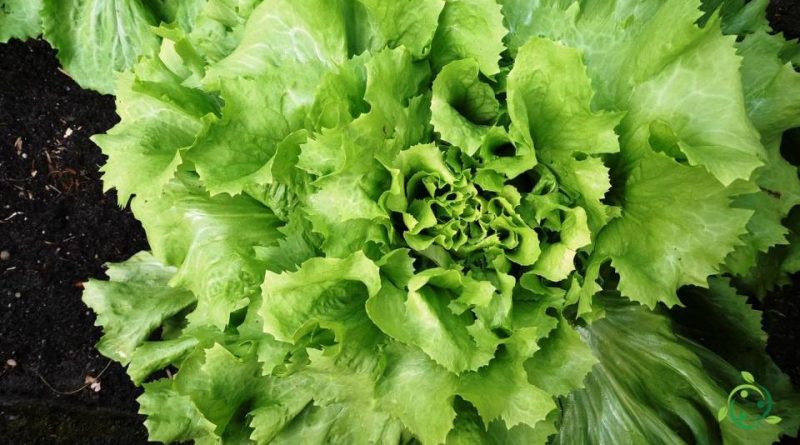Nutritional value of endive
Nutritional value of endive
Endive or escarole (Cichorium endivia spp.) is a plant of the Asteraceae family, widely cultivated as a vegetable.
Characteristics –
Endive is a typical vegetable of the Mediterranean basin and, in Italy, it is widely consumed both raw (in salads) and cooked (boiled, Roman-style and stuffed).
Endive is a plant that grows by developing a rosette of very crinkled leaves which form a rather loose tuft.
In the technique of bleaching the leaves, these are collected by tying them with a raffia thread.
The Belgian variety, i.e. the Belgian Endive, has the shape of a large cream-colored cigar because it was grown in the dark; this technique allows the leaves to remain white and more tender.
In common parlance, by endive we mean a type of salad with an open “head” or closed “sprout” shape; the endive is white, yellow and (only at the top of the head) tending towards green.
This plant is present in two varieties:
– the classic crispum variety (the curly variety) and the latifolia variety, with smoother leaves.
In turn, within the two varieties there are many selected cultivars.
Nutritional card –
Endive is a vegetable that has excellent nutritional characteristics, for particular diets, low in fats, proteins and sugars, even if these can change slightly according to the soil and climate where it is grown and the cultivation technique (such as bleaching).
Endive is a vegetable with a very modest energy intake; it contains very few fats, proteins and carbohydrates, while it boasts an excellent quantity of water, fibers (especially inulin), mineral salts and vitamins.
Among the contributions of mineral salts, the content of potassium, iron and calcium stand out, while with regard to water-soluble vitamins there is no shortage of riboflavin (vitamin B2), niacin (vitamin PP) and ascorbic acid (vitamin C); among the fat-soluble vitamins, a significant contribution of retinol equivalents (carotenoids – pro vitamin A) is appreciated.
The average nutritional values per 100 g of edible portion are:
– Edible portion 69.0%;
– Water 93.0 g;
– Protein 0.9 g;
– TOT lipids 0.3 g;
– TOT carbohydrates 2.7 g;
– Soluble sugars 2.7 g;
– Dietary fiber 1.6 g;
– Energy 16.0 kcal;
– Sodium 10.0 mg;
– Potassium 380.0 mg;
– Iron 1.7 mg;
– Calcium 93.0 mg;
– Phosphorus 31.0 mg;
– Thiamine 0.05 mg;
– Riboflavin 0.30 mg;
– Niacin 0.5 mg;
– Vitamin A 213.0 µg;
– Vitamin C 35.0 mg.
Property –
Endive, as seen, contains only 16 calories per 100 grams of product and has great nutritional properties guaranteed by the minerals and vitamins it is rich in.
In addition to the richness of minerals such as iron, potassium and manganese, it has a good content of vitamins; it is rich in folate, which is precious for the production of red blood cells, and also contains good quantities of other water-soluble vitamins.
However, these vitamins do not resist cooking, so if you want to take advantage of all its properties, this vegetable should not be cooked.
The endive has a good antioxidant and diuretic action and brings important benefits to the body: it is an excellent food to strengthen the immune system, thanks to its high content of vitamin C, necessary for the synthesis of collagen, a protein that keeps the blood vessels intact. blood, skin and bones. Vitamin C also strengthens white blood cells, accelerates wound healing and fights oxidative stress from free radicals.
Finally, it should be remembered that the richness of dietary fiber favors intestinal transit. Furthermore, the fibers present in the endive help to reduce blood sugar and cholesterol.

